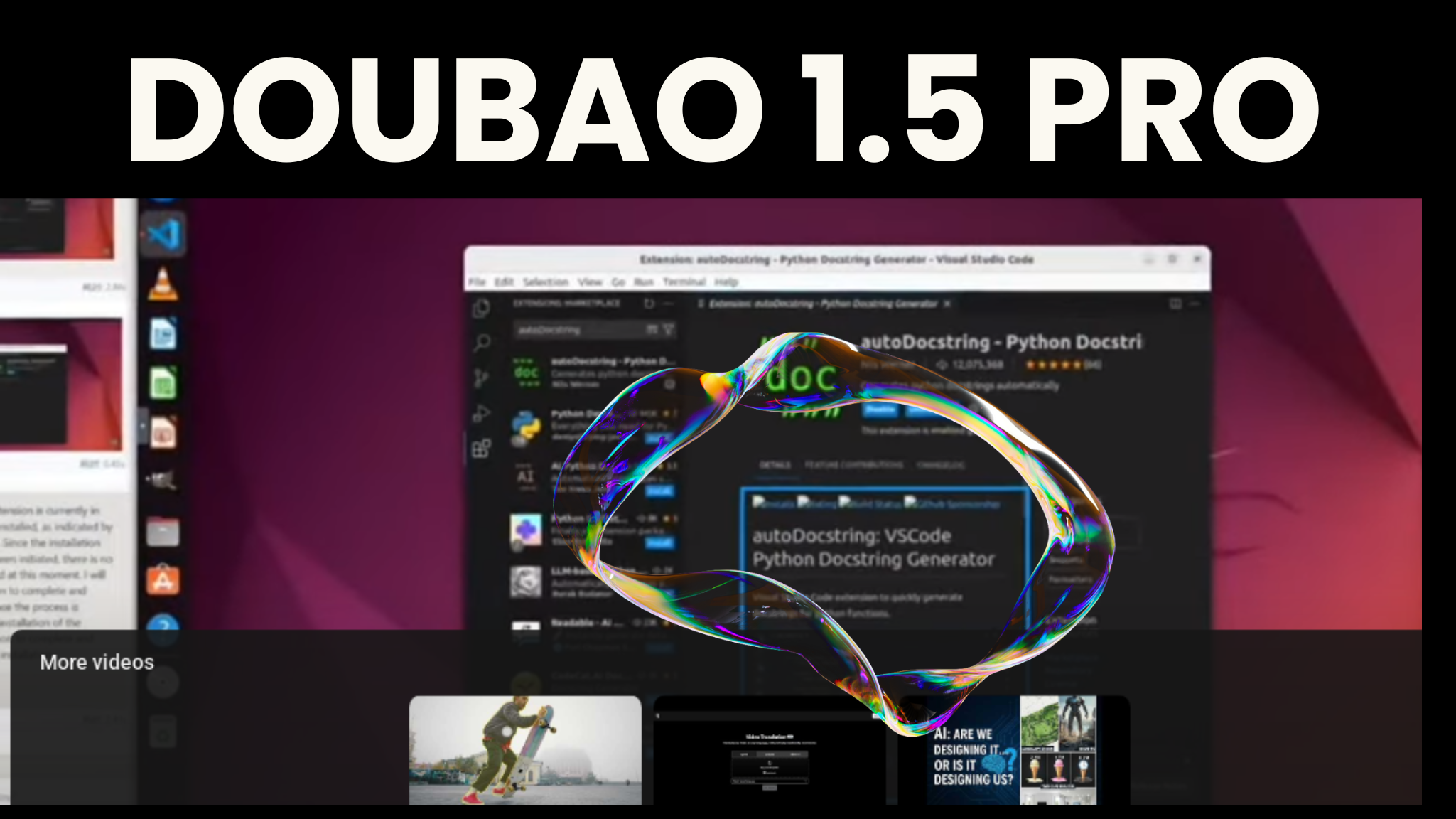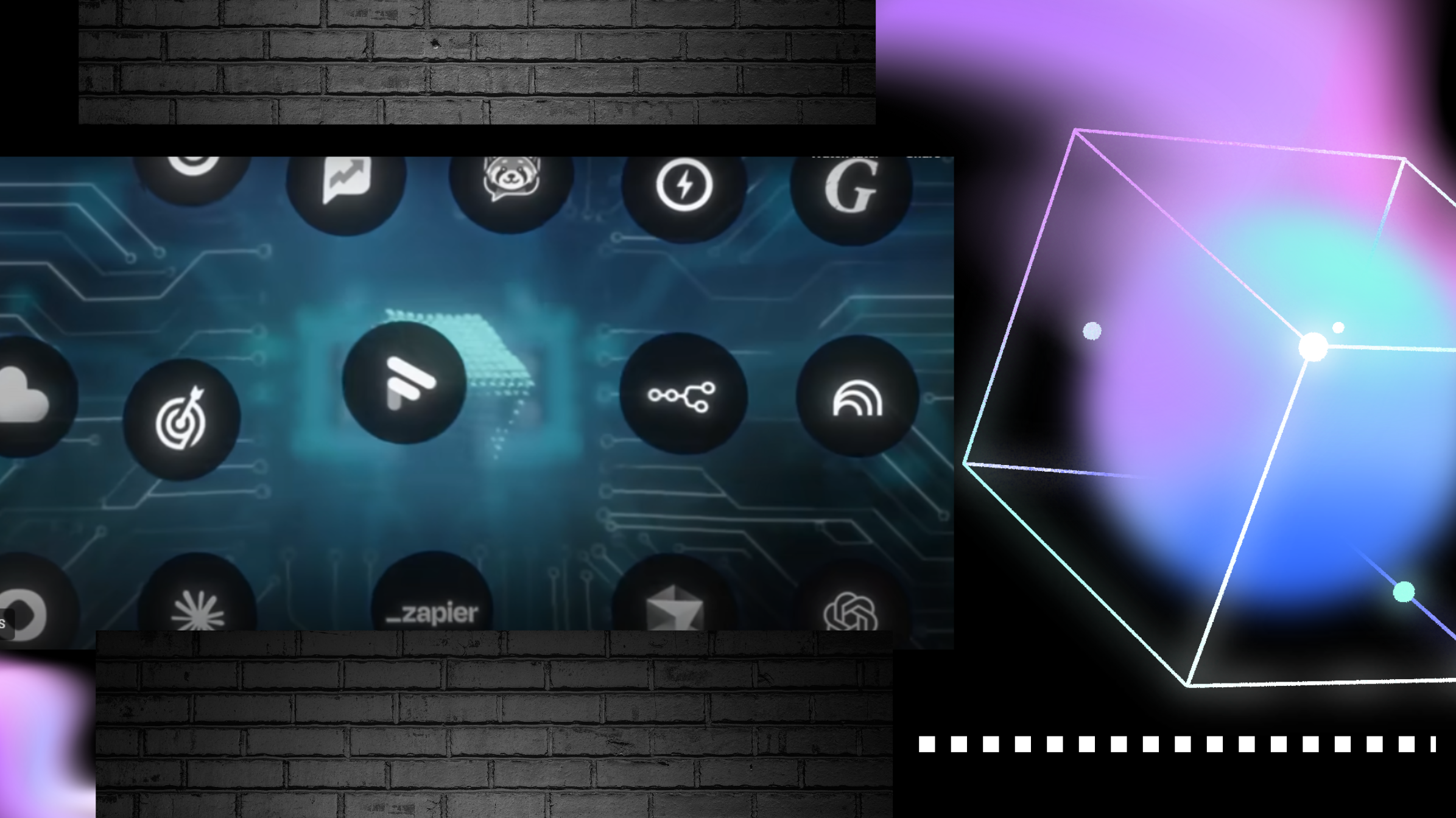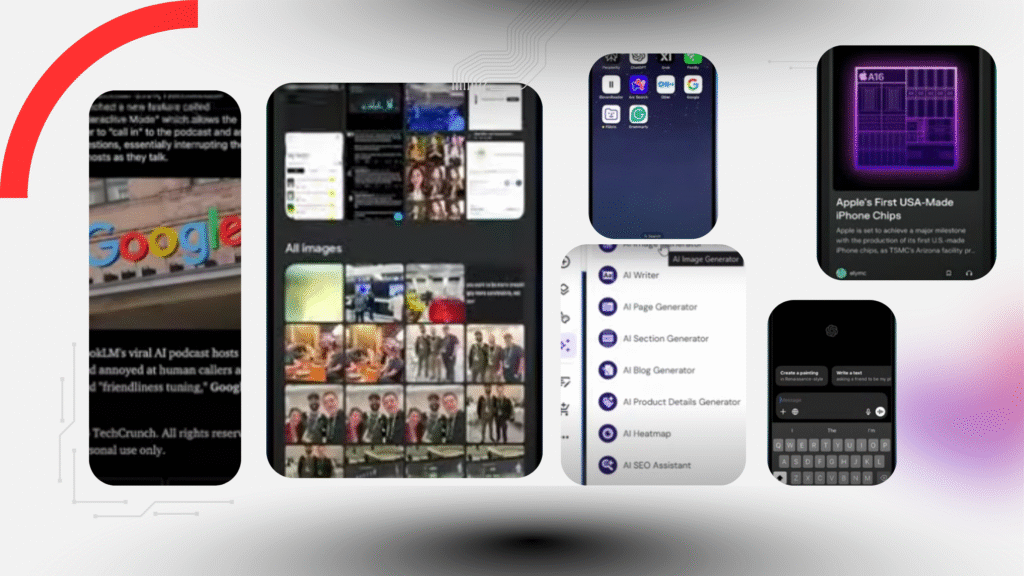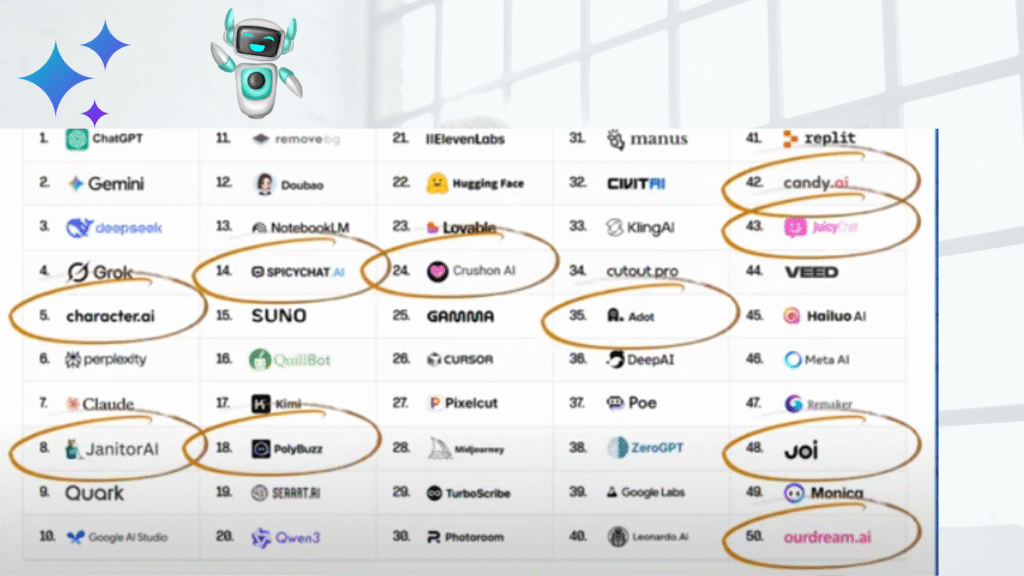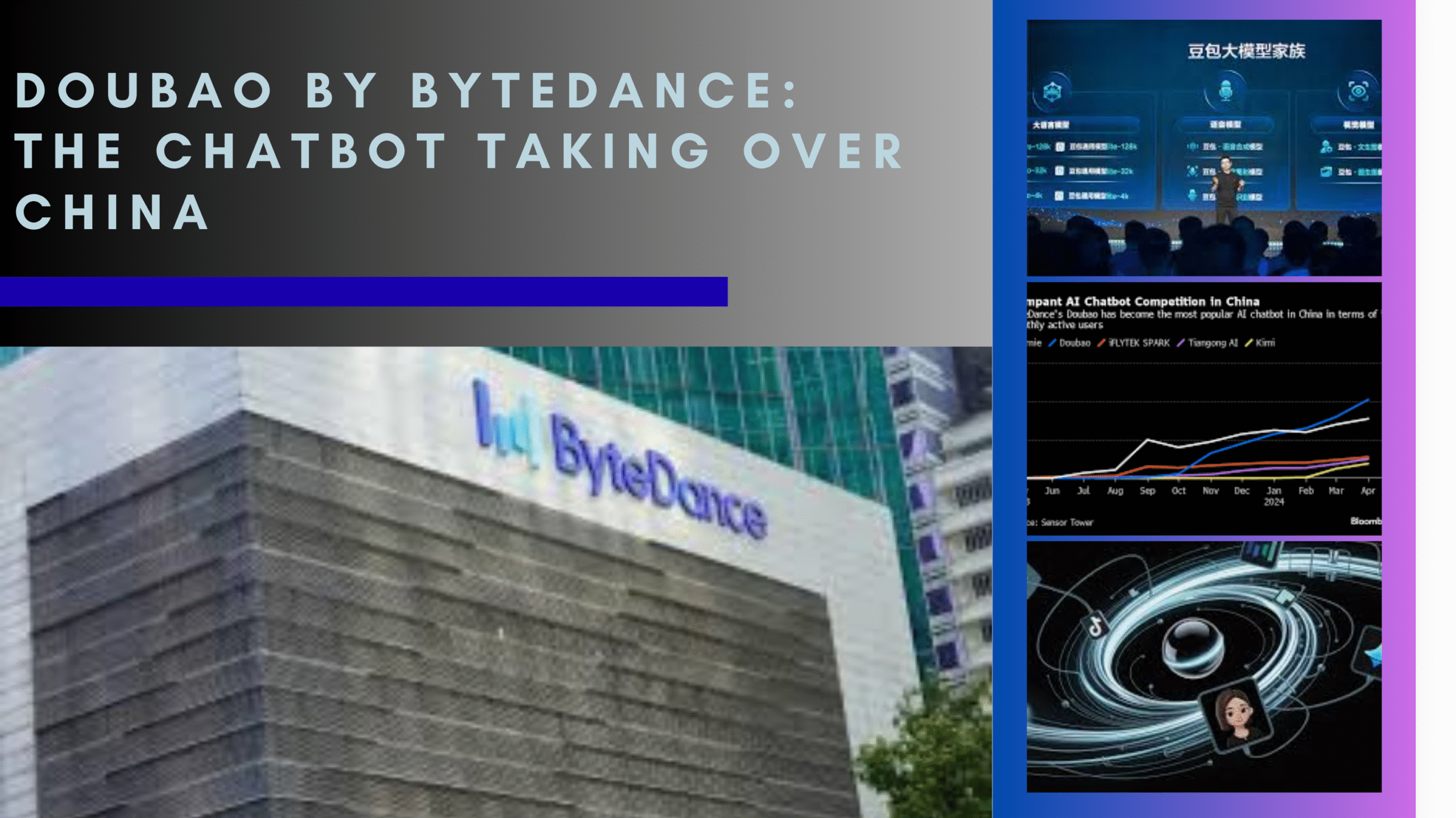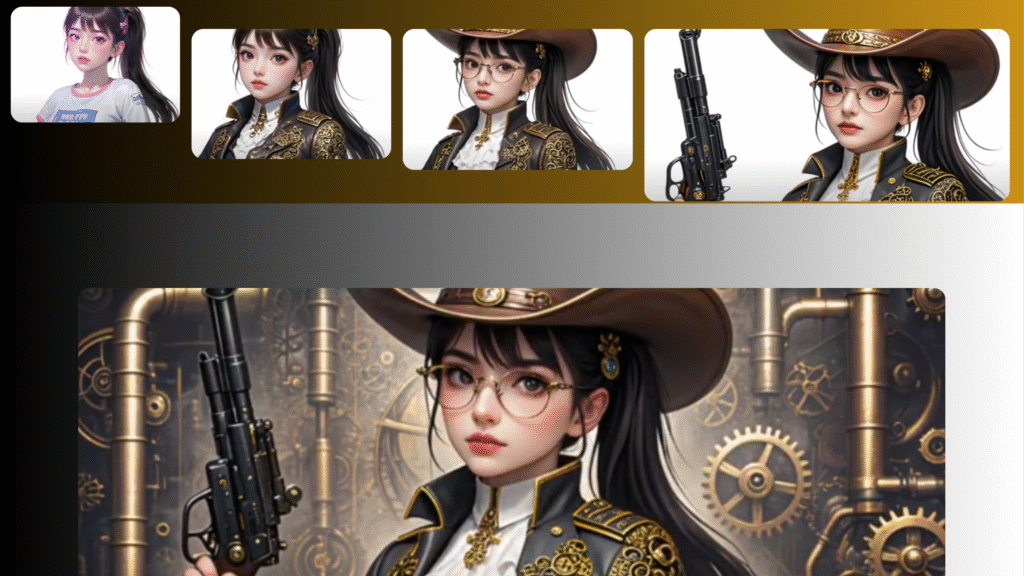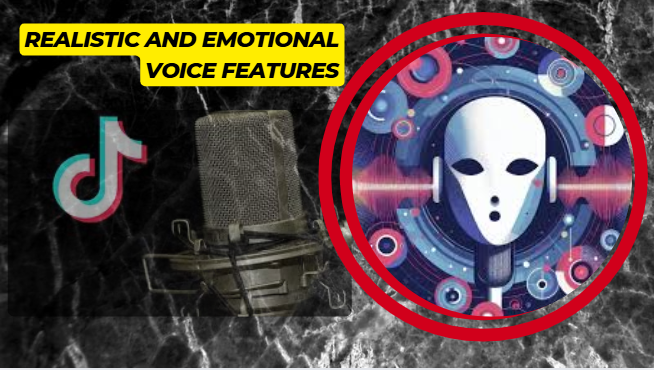This article examines the rise of Doubao 1.5 Pro, detailing ByteDance’s strategy, technical innovations, ecosystem integration, and pricing approach that position it as a serious competitor to leading AI models.
Released in January 2025, Doubao emerged as one of the most closely watched artificial intelligence developments from ByteDance, the global technology company best known as the parent organization of TikTok. Within a short period, the model attracted more than 13 million users, signaling strong market interest and positioning Doubao as a serious contender in the rapidly evolving AI ecosystem. Initially introduced as a consumer-oriented application focused on entertainment and personalized interactions, Doubao has since evolved into a far more comprehensive and enterprise-ready AI solution.
This evolution reflects a broader strategic direction by ByteDance to move beyond content platforms and into advanced artificial intelligence infrastructure. With the launch of Doubao 1.5 Pro, the company demonstrated a clear intent to compete directly with established global AI leaders by offering a powerful, multimodal model that balances performance, usability, and cost efficiency.
From Consumer Application to Advanced AI Platform
Doubao’s early version was designed to appeal to everyday users seeking conversational engagement, creative outputs, and entertainment-driven interactions. Its rapid adoption highlighted ByteDance’s strength in building user-friendly digital products that scale quickly. However, the company soon recognized the opportunity to expand Doubao’s capabilities beyond casual use cases.
The introduction of Doubao 1.5 Pro marked a significant turning point. This spatially enhanced version was trained extensively to achieve high fluency in the Chinese language while maintaining cultural relevance across diverse contexts. By embedding local linguistic nuances and cultural understanding into the model, ByteDance positioned Doubao as a solution tailored to the needs of Chinese-speaking users, businesses, and institutions.
At the same time, Doubao 1.5 Pro was engineered to integrate seamlessly with ByteDance’s broader digital ecosystem. Platforms such as Douyin, Toutiao, and Feishu benefit from this integration, enabling AI-driven workflows that extend across communication, content creation, and enterprise collaboration.
Strategic Integration Across the ByteDance Ecosystem
One of the defining strengths of Doubao 1.5 Pro lies in its vertical integration with existing ByteDance products. Rather than operating as a standalone AI tool, the model functions as an embedded intelligence layer across multiple platforms. This approach allows users to access AI capabilities directly within the tools they already use, reducing friction and improving adoption.
Feishu integration enables Doubao to support workplace productivity through document analysis, summarization, and collaborative content generation. Within Douyin workstations, the model enhances creative workflows, assisting with scripting, captioning, and multimedia ideation. On Toutiao, Doubao contributes to content understanding and knowledge generation, supporting both creators and readers.
This ecosystem-based strategy differentiates Doubao from many competing AI models that require separate platforms or interfaces. By embedding AI directly into familiar environments, ByteDance increases the practical value of Doubao for both individual users and organizations.
Performance Claims and Competitive Positioning
On January 29, ByteDance announced that Doubao’s most advanced version demonstrated performance that could surpass OpenAI’s o1 model in specific benchmark tests. While such claims naturally invite scrutiny, they underscore ByteDance’s confidence in the technical maturity of Doubao 1.5 Pro.
The company emphasized that these results were achieved while maintaining a pricing structure significantly lower than comparable offerings. Doubao is reportedly priced at roughly half the cost of similar models from OpenAI, making it an attractive option for businesses seeking high-performance AI without prohibitive expenses.
This combination of competitive performance and accessible pricing positions Doubao as a strong alternative to established models such as GPT-4o and Claude 3.5 Sonnet, particularly in areas like reasoning, coding assistance, knowledge generation, and Chinese language processing.
Multimodal Capabilities Designed for Real-World Use
Doubao 1.5 Pro was developed as a fully multimodal AI model, capable of processing and generating content across multiple formats. These capabilities extend far beyond basic text-based interactions, enabling the model to support a wide range of professional and creative tasks.
Users can rely on Doubao for document summarization, allowing large volumes of information to be distilled into clear and actionable insights. Image analysis features support visual understanding, making it possible to extract meaning from charts, graphics, and photographs. Speech and audio processing capabilities enable voice-based interactions and transcription, while text-to-video functionality opens new possibilities for content creation.
These multimodal features are not presented as isolated tools but as interconnected functions that can be combined within workflows. This holistic design reflects ByteDance’s focus on practical usability rather than experimental novelty.
User Interface and Operational Efficiency
Ease of use remains a core principle behind Doubao’s design. The interface is organized into clearly defined sections and usage scenarios, allowing users to navigate the platform intuitively. This structured layout reduces the learning curve and makes the model accessible to both technical and non-technical users.
Behind the interface, Doubao employs a heterogeneous system architecture optimized for efficiency. This design minimizes latency and supports pre-fill decode operations, enabling faster responses and smoother interactions. Such efficiency is particularly valuable in enterprise settings where performance consistency and workload balancing are critical.
By combining a friendly user interface with a technically robust backend, Doubao bridges the gap between advanced AI functionality and everyday usability.
Sparse Mixture of Experts Architecture
At the core of Doubao 1.5 Pro is a proprietary sparse mixture of experts architecture. This approach allows the model to activate only the most relevant components for a given task, reducing computational overhead while maintaining high output quality.
Reinforcement learning plays a key role in enabling multi-turn reasoning, contextual memory retention, and task-specific responses. Through this training approach, Doubao can sustain longer and more coherent interactions, making it suitable for complex problem-solving and professional applications.
The inclusion of an enhanced deep thinking mode further strengthens the model’s reasoning capabilities. This mode allows Doubao to handle nuanced queries and layered tasks with greater precision, setting a benchmark for efficiency-driven AI design.
Enterprise Value and Market Impact
ByteDance has positioned Doubao as an indispensable tool for work, emphasizing its ability to deliver dense-model performance with significantly lower activation loads. This efficiency translates into reduced operational costs and improved scalability, particularly for large organizations.
In practical terms, Doubao supports coding assistance, logical reasoning, content generation, and domain-specific knowledge tasks. Its strong performance in Chinese language processing makes it especially valuable for regional enterprises that require linguistic accuracy and cultural alignment.
By offering enterprise-grade capabilities at a competitive price point, Doubao challenges the prevailing assumption that top-tier AI performance must come at a premium cost.
Pricing Strategy and Accessibility
One of the most notable aspects of Doubao’s market strategy is its pricing. By maintaining costs at approximately half those of comparable OpenAI models, ByteDance lowers the barrier to AI adoption for startups, small businesses, and educational institutions.
This pricing approach aligns with the company’s broader philosophy of mass accessibility, a principle that has historically driven the success of platforms like TikTok and Douyin. By extending this philosophy to artificial intelligence, ByteDance aims to accelerate widespread AI integration across industries.
The Road Ahead for Doubao
As global competition in artificial intelligence continues to intensify, Doubao represents ByteDance’s most ambitious step into the AI infrastructure space. Its combination of multimodal functionality, efficient architecture, ecosystem integration, and competitive pricing positions it as a formidable player in both consumer and enterprise markets.
Future iterations of Doubao are expected to further refine reasoning abilities, expand integration options, and enhance multilingual support. If ByteDance continues to align technical innovation with practical usability, Doubao could play a central role in shaping the next phase of AI adoption, particularly within Asia and other emerging markets.
Conclusion:
Doubao 1.5 Pro reflects a strategic shift by ByteDance toward building scalable, cost-effective, and deeply integrated artificial intelligence solutions. From its origins as a consumer-focused application to its current status as a robust enterprise AI model, Doubao illustrates how thoughtful design and ecosystem alignment can redefine expectations in the AI landscape.
By combining strong performance with accessibility and cultural relevance, Doubao 1.5 Pro stands as a compelling alternative to established global models. As organizations seek AI tools that deliver real-world value without excessive complexity or cost, Doubao is well positioned to meet those demands and influence the future direction of artificial intelligence.

